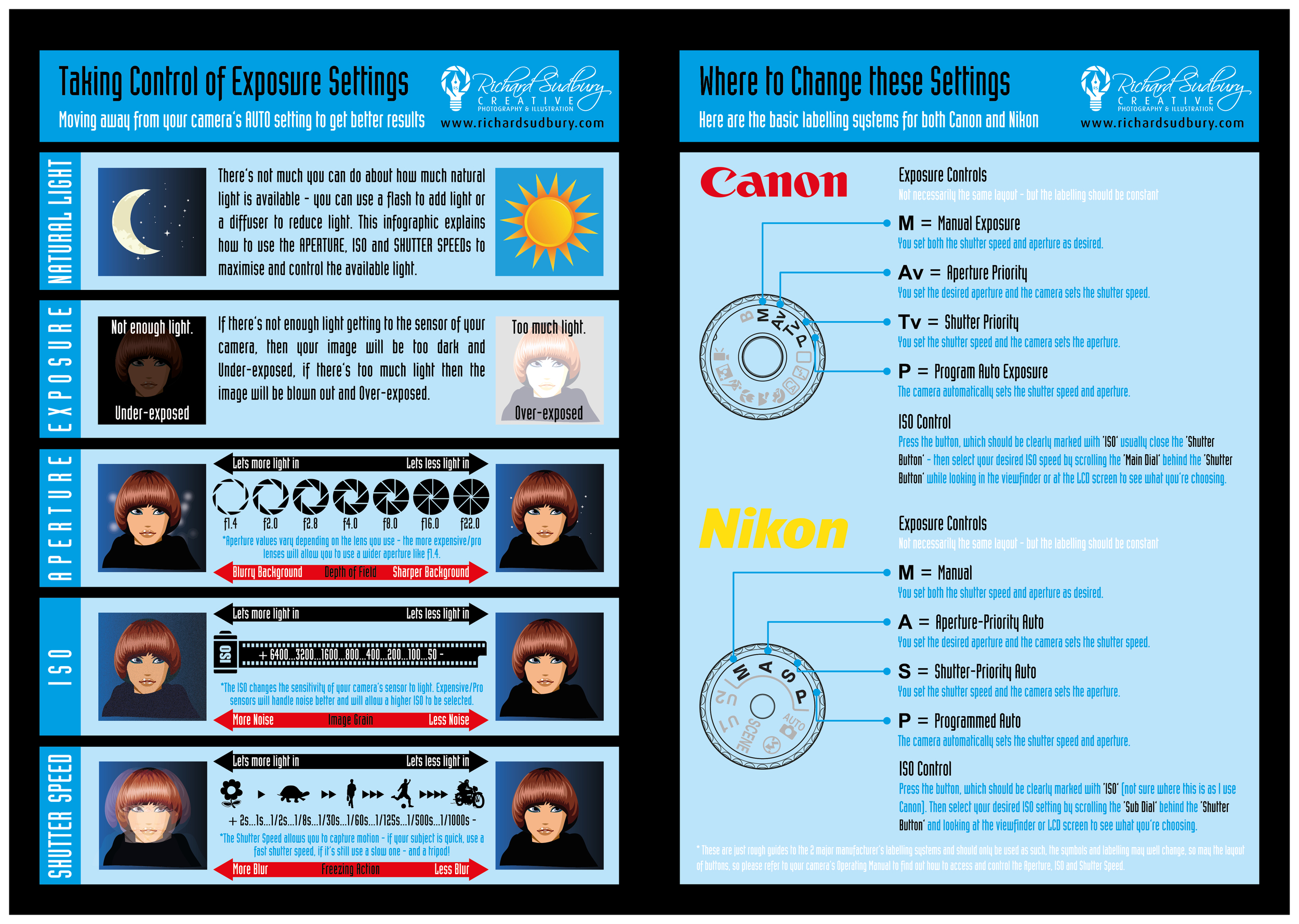Photography Tips For Beginners: Understanding Your Camera Quickly
Photography Tips For Beginners: Understanding Your Camera Quickly
Blog Article
Personnel Author-Lundgreen Fuentes
When you first pick up your video camera, it can really feel frustrating with all the setups and choices readily available. You may find yourself questioning how to browse aperture, shutter rate, and ISO effectively. Grasping these basics is essential, but there's more to digital photography than simply technical knowledge. Comprehending structure techniques and lights problems can boost your photos significantly. So, what happens if you could discover simple methods to enhance your abilities and begin capturing outstanding images earlier than you believe? Let's check out just how to change your digital photography journey.
Recognizing Electronic Camera Setups
Understanding your cam settings is critical for recording sensational images. When you get your electronic camera, familiarize on your own with the three primary setups: aperture, shutter speed, and ISO. Each plays a vital role in exactly how your images turn out.
Beginning with https://www.sonomanews.com/business/10866097-181/urgent-question-from-small-businesses , which controls the amount of light going into the lens. A larger aperture (lower f-number) allows extra light and develops a lovely background blur, ideal for pictures. On the other hand, a narrower aperture (greater f-number) maintains even more of the scene in emphasis, ideal for landscapes.
Next, concentrate on shutter speed. This setup establishes the length of time your camera's sensor is subjected to light. LinkedIn photographer up movement, which is fantastic for activity shots, while a slow shutter speed can develop sensational results like smooth water in landscapes.
Lastly, adjust your ISO. This setup affects your cam's sensitivity to light. A higher ISO serves in low-light circumstances however can present sound or grain. Aim for the lowest ISO feasible while still accomplishing proper exposure.
Composition Techniques
When you're out shooting, structure can make all the distinction in just how your pictures resonate with visitors. Begin by using the rule of thirds; imagine your frame separated right into nine equivalent sections with 2 horizontal and two vertical lines. Position crucial elements along these lines or at their crossways to produce equilibrium and passion.
Next off, consider leading lines. These natural lines in your scene, like roadways or rivers, attract the visitor's eye right into the photograph, leading them through the tale you're informing.
Don't forget about framing; usage elements within your scene, like trees or home windows, to produce a structure around your subject, adding depth and emphasis.
Also, keep an eye on your background. A messy background can distract from your main subject, while a simple one aids it stick out.
Lastly, explore balance and patterns; they can produce a striking picture that records focus.
Mastering Lights Conditions
Understanding illumination problems is critical for capturing stunning photos, as the ideal light can change a regular scene into something amazing.
Beginning by observing all-natural light at various times of the day. https://zenwriting.net/albert6591isa/vital-photography-gear-what-you-actually-required-to-get-started and late afternoons offer the very best light, known as the golden hour. The soft, cozy tones during these times can enhance your pictures beautifully.
Do not avoid cloudy days either; diffused light can lessen rough darkness and develop a pleasing effect, particularly for pictures.
Experiment with backlighting by positioning your subject versus the source of light. This technique can create a wonderful halo impact and add deepness to your pictures.
Take notice of your camera setups too. Readjust the ISO, aperture, and shutter rate to suit the illumination conditions. https://telegra.ph/Usual-Errors-New-Photographers-Make-And-Just-How-To-Prevent-Them-01-08-3 can assist in low light, however be cautious of grain.
Use a tripod in darker environments to prevent blur.
Finally, do not forget fabricated illumination. Flash and continual lights can be fantastic tools for controlling light in difficult problems.
Final thought
To conclude, grasping your video camera does not need to be overwhelming. By understanding your setups, applying structure strategies, and utilizing the power of natural light, you'll swiftly elevate your photography skills. Remember, practice makes excellent, so go out there and experiment with your newly found knowledge. With time and commitment, you'll be capturing stunning images that mirror your special perspective. Delight in the trip, and don't neglect to have a good time while you're at it!
